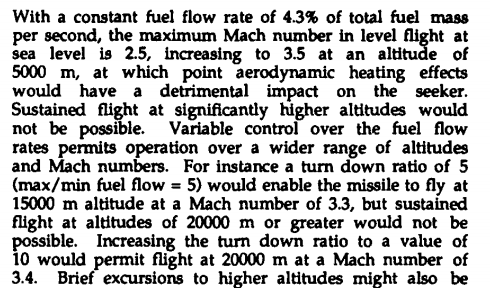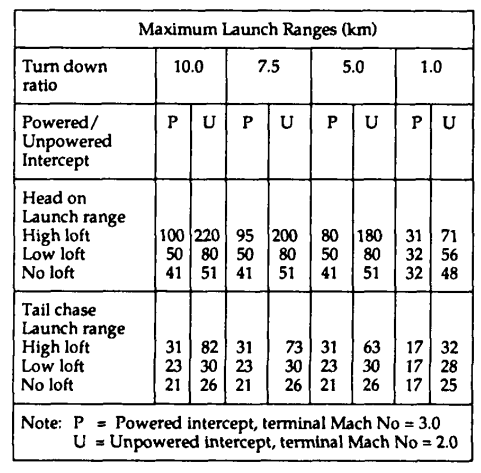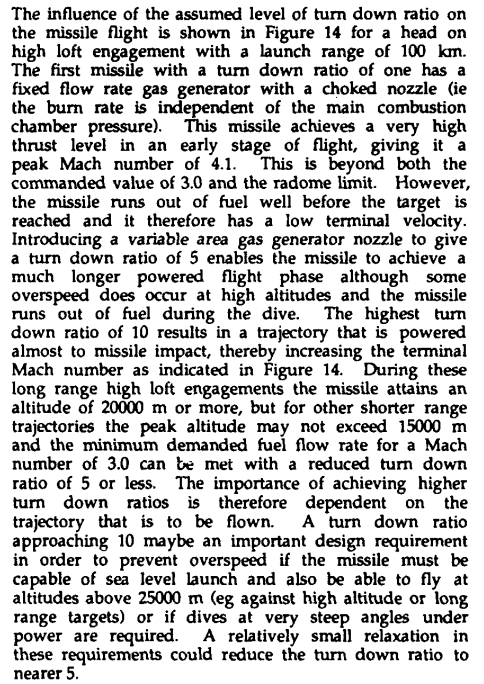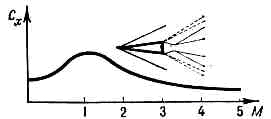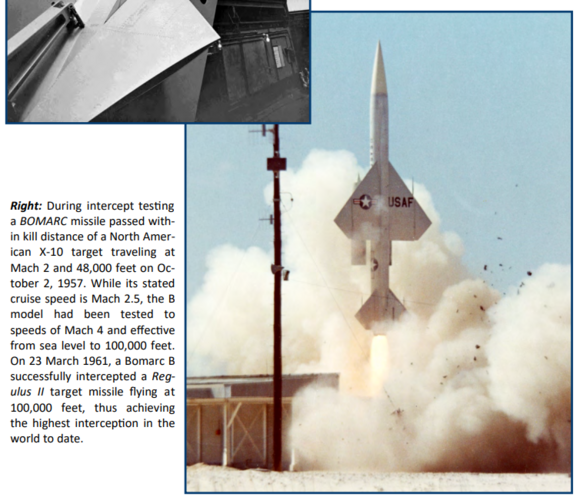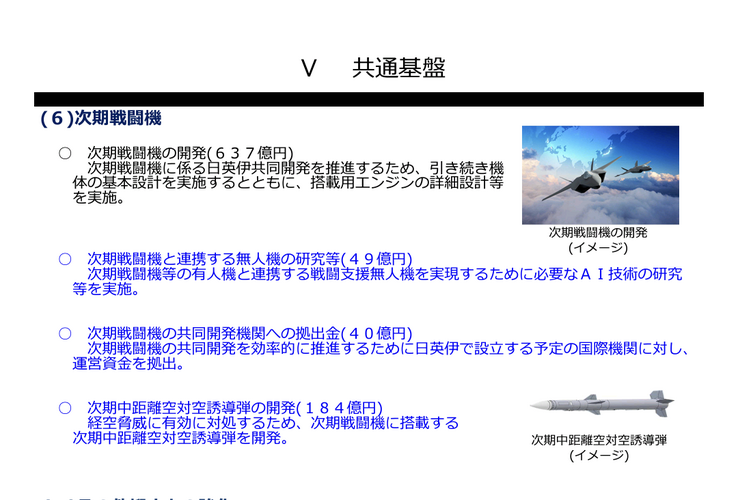Japan to design new missile for next-generation fighter jets
Japan plans to design a new missile for next-generation fighter jets it is developing with Britain and Italy, aiming to equip them with it when they are first deployed in the Asian nation in 2035, a source familiar with the matter said Monday.
A study involving Japan and Britain on what would be fit for new fighter jets to be used by Japan's Air Self-Defense Force showed that a home-grown air-to-air missile would initially ensure better performance at a lower cost than the European-developed air-to-air Meteor missile, according to the source.
In the future, however, Japan may consider equipping its new fighters with missiles that are used for British and Italian warplanes to improve their capabilities, the source said.
The launch of the joint fighter jet project was announced last December by the leaders of Japan, a close U.S. security ally, and the two NATO members amid an increasingly severe security environment including Russia's ongoing invasion of Ukraine and China's military buildup.
It is the first time Japan has engaged in defense equipment development with a nation other than the United States.
Currently, the three countries are working on the basic design of the aircraft body and engine details.
To streamline the development process, they are holding talks to set up a body to implement decisions made by their defense authorities, according to the source.
Japan plans to deploy the new fighter jets as successors of about 90 aging F-2 fighters of the ASDF that are to begin retiring in 2035, and some 240 Eurofighter jets in Britain and Italy will be replaced in total, according to the Japanese Defense Ministry.
The Meteor missile, developed by six European states including Britain and Italy, is for use in Eurofighters and other aircraft, and is also likely to be a candidate for use in the new fighter jets in the two countries.
As for electronic devices to be put on the new fighters, an ASDF C-2 transport aircraft will be modified to carry out flight tests.
Study on artificial intelligence will also be promoted to develop drones to assist fighter jets' operations.
